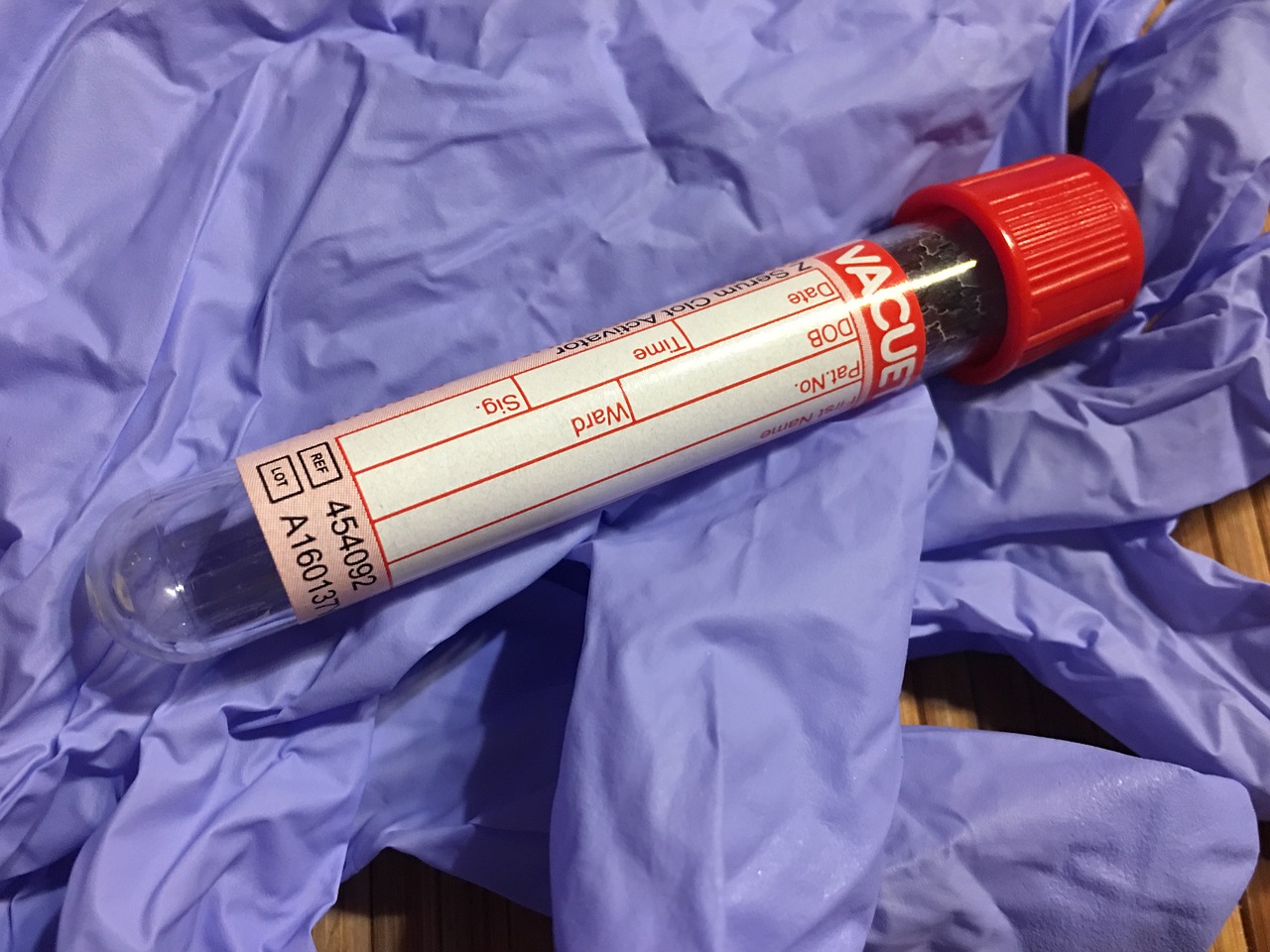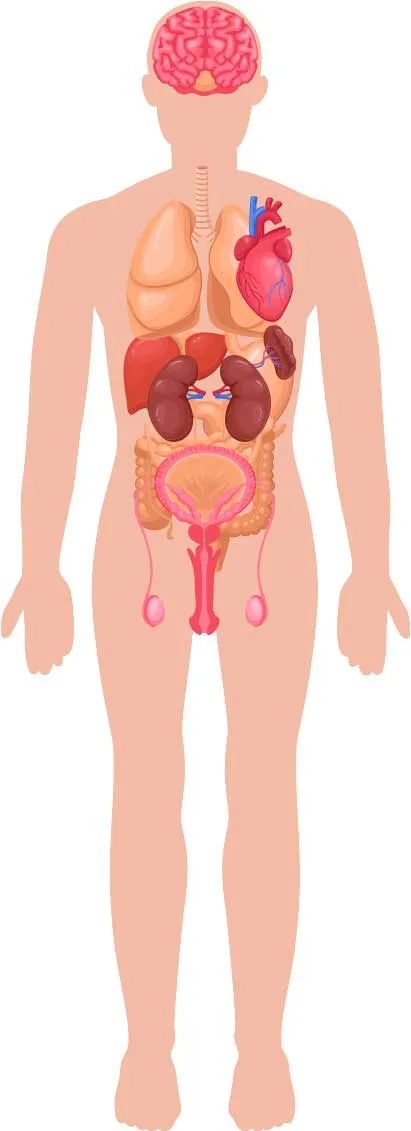



In the First Catalogue of Rare Diseases, which was jointly developed by the National Health Commission of the PRC and five other departments in 2018, there is a rare disease called IgG4-Related Disease (IgG4-RD).
The disease is a rare immune-mediated inflammatory disease, which is mainly characterized by tumor-like masses or organ enlargement caused by dense tissue infiltration of immune cells, amplification of extracellular matrix, and elevated serum IgG4 levels.
IgG4 is an immunoglobulin, one of the four subtypes of the human antibody IgG, which usually accounts for only 3-6% of the total IgG and is the least abundant subtype.
IgG4-RD was once thought to be a single organ disease, such as autoimmune cholangitis and autoimmune pancreatitis.
It was later discovered that many other organs and tissues can be involved, including 11 typical organs and tissues such as the pancreas, bile ducts, lacrimal glands, orbital tissues, salivary glands, lungs, kidneys, retroperitoneal tissues, aorta, meninges, and thyroid gland. As a result, the disease has been renamed IgG4-RD, meaning IgG4-related disease.

As of now, clinical diagnosis of IgG4-RD relies on the following 3 aspects: the involved organs have corresponding clinical manifestations and imaging changes; elevated serum levels of IgG4 are an important feature of the disease (usually more than 40% of all IgG-expressing cells), but this elevation is not specific, so that purely elevated IgG4 cannot be used as the basis for confirming the diagnosis; and tissue biopsy is the standard for diagnosis of the disease, and the following 3 features can usually be observed:
1. There is a large infiltration of IgG4-positive plasma cells in the tissues.
2. Mixed inflammatory reaction in the tissues.
3. Varying degrees of fibrosis in the tissue.
In conclusion, IgG4-RD is a newly recognized immune-mediated inflammatory disease involving multiple organ systems with diverse clinical manifestations, elevated IgG4 levels and tissue biopsy as the standard for diagnosis. Treatment is mainly hormone-based immunosuppressive therapy.